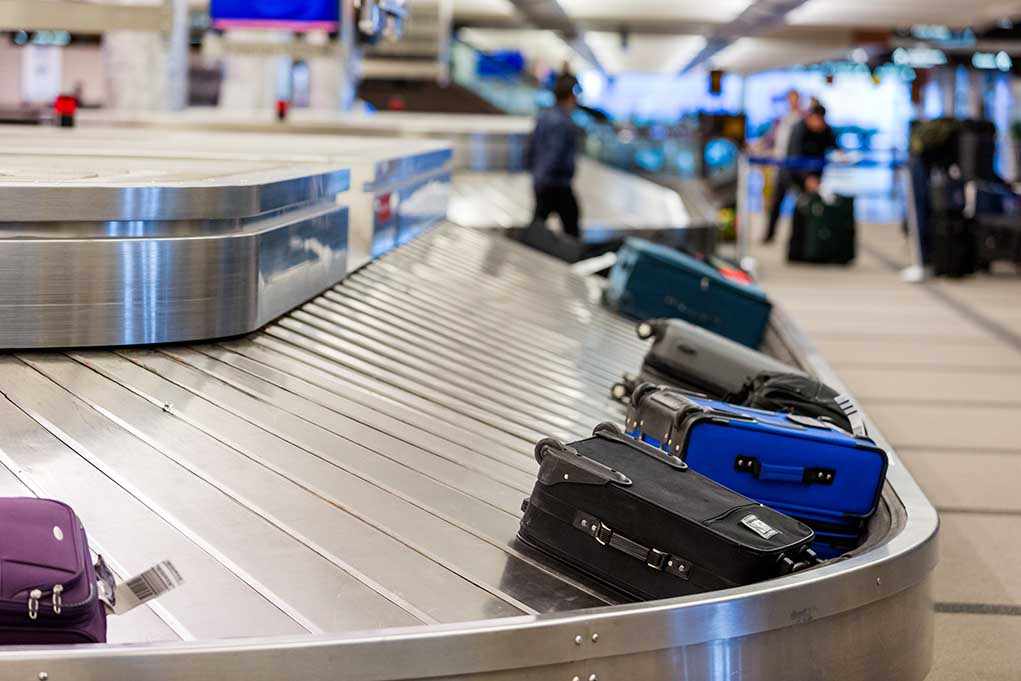
European airports are grinding to a halt as mysterious drone swarms continue their calculated assault on critical aviation infrastructure, leaving authorities scrambling for answers while passenger flights remain grounded.
Story Snapshot
- Second Danish airport forced to shut down all flights due to unauthorized drone incursions
- Mystery drone sightings follow pattern of coordinated disruptions across European airspace
- Aviation authorities unable to identify operators or intercept sophisticated drone systems
- Critical infrastructure vulnerability exposed as conventional air defenses prove inadequate
Danish Airports Under Siege
Denmark faces an unprecedented aviation crisis as a second major airport suspended all flight operations following unauthorized drone incursions into controlled airspace. The latest shutdown mirrors the dramatic closure of Copenhagen’s primary airport just days earlier, suggesting a coordinated campaign targeting the nation’s critical transportation infrastructure. Airport officials confirmed that multiple unidentified drones breached secure zones, forcing immediate ground stops that stranded thousands of passengers.
The timing and precision of these incidents reveal a disturbing pattern that extends far beyond random hobbyist activity. Aviation security experts note the sophisticated nature of these operations, with drones appearing to deliberately target the most sensitive areas of airport operations during peak travel periods. The financial impact mounts by the hour as airlines scramble to reroute flights and accommodate displaced travelers across an already strained European aviation network.
European Aviation Under Threat
The Danish incidents represent just the latest chapter in a growing crisis that has plagued European airports throughout recent months. Similar drone disruptions have forced emergency responses at facilities across the continent, exposing critical gaps in airspace security protocols. Traditional radar systems struggle to detect small, low-flying drones, while existing countermeasures prove inadequate against increasingly sophisticated unmanned aircraft systems that can operate autonomously for extended periods.
Intelligence agencies across Europe now treat these incidents as potential national security threats rather than isolated nuisances. The coordinated nature of the attacks suggests organized groups with detailed knowledge of airport operations and security vulnerabilities. European Union aviation authorities have initiated emergency protocols to enhance drone detection capabilities, but implementation of effective countermeasures remains months away while the attacks continue unabated.
Technology Gap Exposed
The drone crisis highlights a fundamental weakness in modern aviation security infrastructure originally designed to counter traditional aircraft threats. Commercial airports rely on radar systems optimized for large, metallic aircraft flying predictable routes at significant altitudes. Small drones operating at low levels with minimal radar signatures exploit these technological blind spots with devastating effectiveness, essentially rendering billions of dollars in security investments obsolete against this emerging threat vector.
Military-grade anti-drone systems exist but remain largely incompatible with civilian airport environments due to safety concerns and regulatory restrictions. Electronic jamming devices that could disable hostile drones also risk disrupting critical navigation and communication systems essential for safe aircraft operations. This technological catch-22 leaves airport authorities with few viable options beyond complete airspace shutdowns when unauthorized drones appear, exactly the response these mysterious operators appear designed to provoke.
Escalating Security Response
Danish authorities have elevated the drone incidents to their highest aviation security classification, coordinating response efforts with NATO allies and European Union partners. Military assets now provide enhanced surveillance coverage over critical airports, while specialized drone detection units deploy cutting-edge sensor arrays designed to identify and track small unmanned aircraft. However, these emergency measures strain already limited resources and create operational bottlenecks that compound the disruption caused by the original drone incursions.
The economic ramifications extend far beyond immediate flight cancellations as passenger confidence in European aviation security erodes with each successive incident. Industry analysts warn that prolonged drone-related disruptions could trigger broader changes in global flight routing, potentially diverting billions in tourism revenue away from affected European destinations. The mysterious nature of these operations only amplifies public concern, as authorities remain unable to provide concrete assurances about preventing future attacks or identifying those responsible for this systematic assault on civilian aviation infrastructure.















